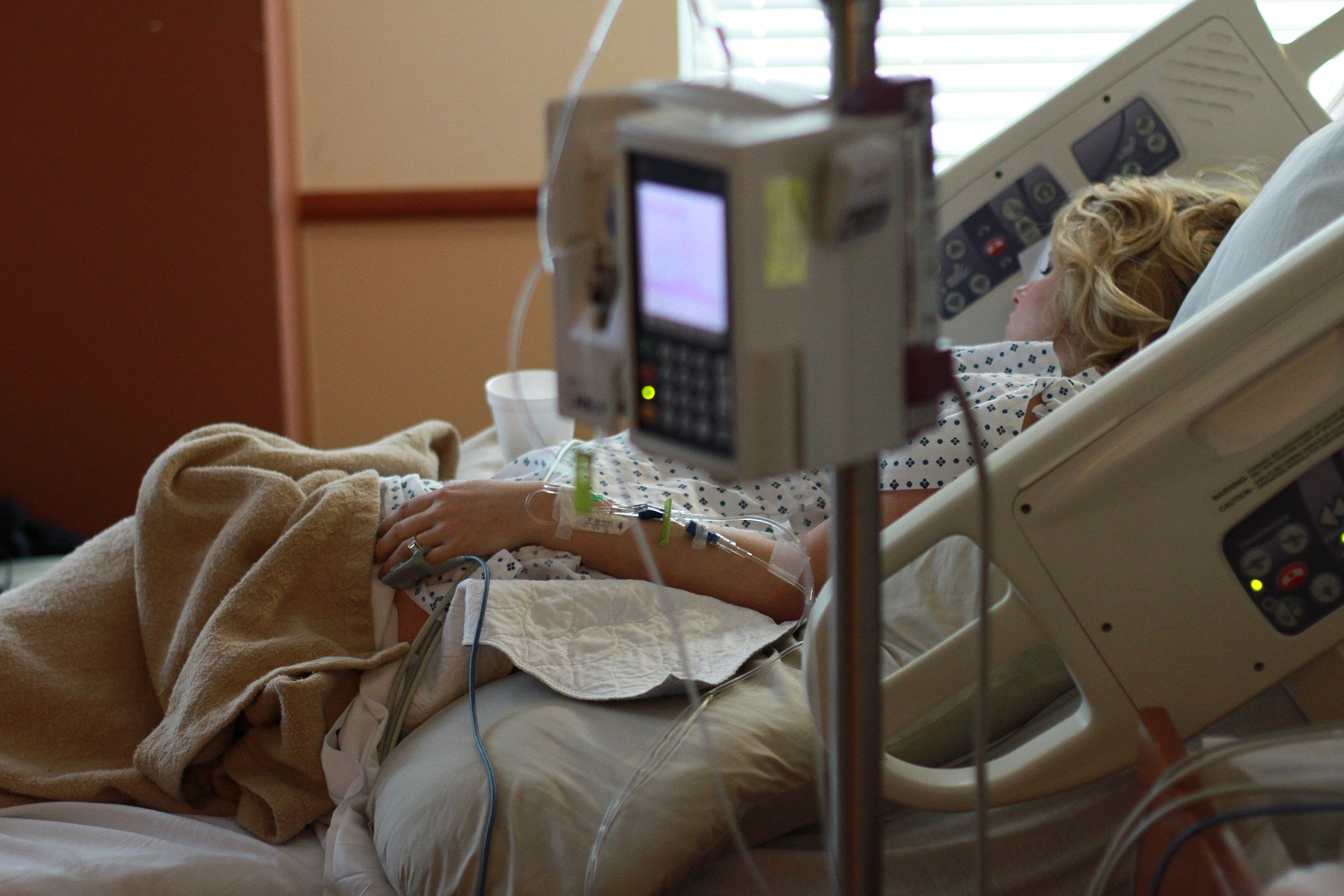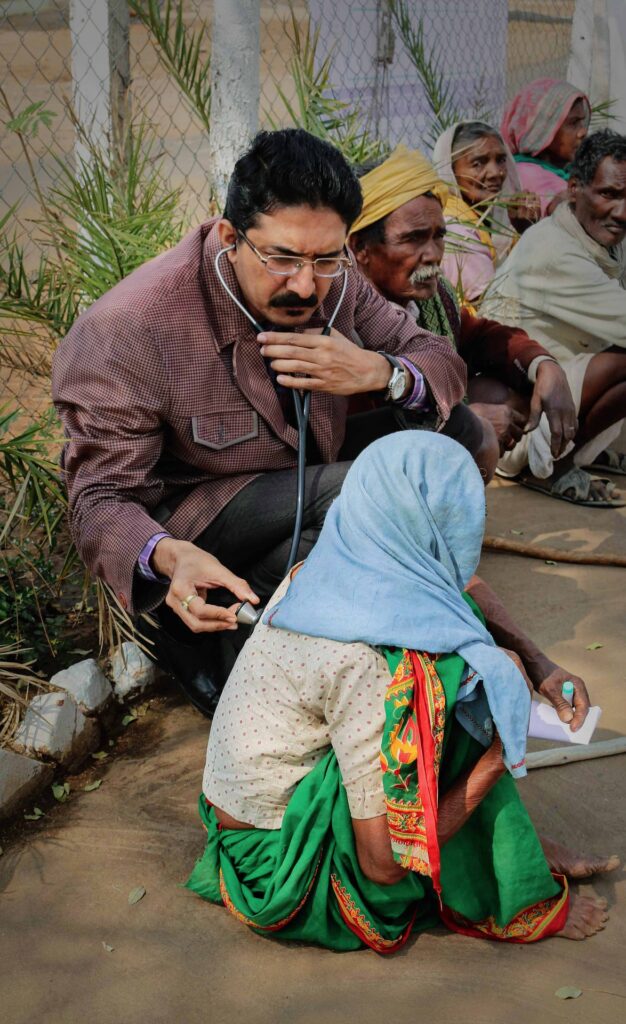Covid India: Why The Healthcare System in India Collapsed

The healthcare system in India has many problems. It is underdeveloped, and the government has not invested enough in its infrastructure to provide quality health care for all. It is estimated that 65 per cent of medical expenses in India are paid by the patient, with private providers often seen as uncaring and untrustworthy. In fact, the government has failed to train medical professionals, leaving many citizens to foot the bill. Despite this, the government is doing its best to fill the gap by expanding the number of hospitals per thousand people.
The medical industry in India is dominated by the private sector, with district hospitals and medical colleges located in the district headquarters. Primary health centres provide basic health services, while sub-centres provide more advanced care. Despite these difficulties, many citizens in India are hopeful that the healthcare system will improve. Let’s take a look at some of the positive changes to the healthcare system in the country. And we can’t forget to mention the importance of investing in public education.
In the first place, the healthcare system in India is divided into three tiers: community health centres, district hospitals, and for-profit tertiary care institutions. In rural areas, primary care is available at the local level. The tiers are also separated by geographical area. In urban areas, a specialized tier combines primary care, secondary and tertiary care. In these tiers, doctors are paid high salaries and malpractice, and patients receive specialized treatment.
The third level of health care is a public health plan. Those who live in rural areas are usually not eligible for it. They may have insurance through the government, but this coverage is not universal. Besides, it is difficult to get to these facilities if you’re in a rural area. In urban areas, there are no health facilities, and most hospitals offer minimal care. The only way to get better access to quality care is to invest in general practice.

While the government’s healthcare policy has many flaws, it has proven to be a useful tool in improving the lives of the poor. The National Health Protection Scheme (NHPS) is an example of this initiative. It extends coverage to more than 130 million people. Its eligibility criteria are based on household deprivation and income level. Unlike private insurance schemes, these policies also cover post-hospitalization care.
While the government is trying to boost the budget to fight Covid-19, the private sector has stepped up. Besides providing medical staff, these companies have also contributed equipment to government hospitals. However, the country’s healthcare system still remains underdeveloped.

Ryan is a journalist specializing in India’s economic landscape, covering topics like business trends, innovation, and the growth of small and medium enterprises.